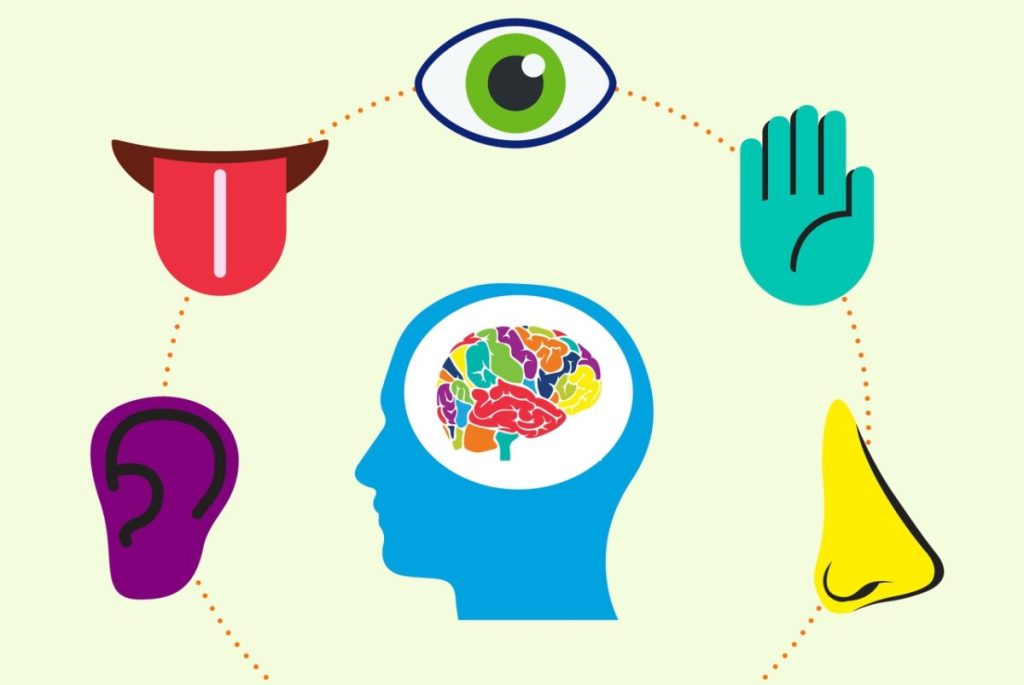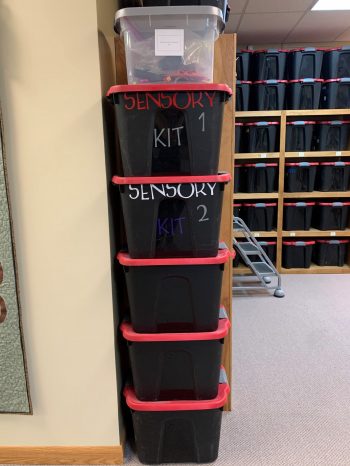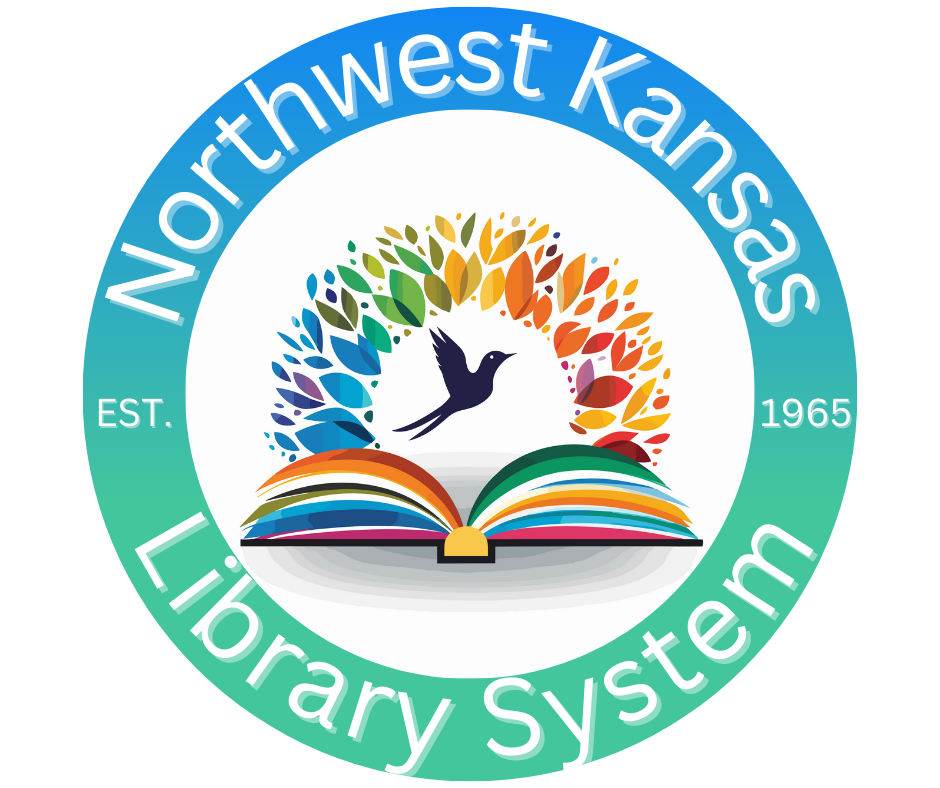Sensory Kits


About Sensory Kits
Sensory programming for children with special needs is becoming important in libraries. With this programming, more noise and activity is anticipated from the children. Children can get up and move “without parents worrying that they are bothering others.” A variety of senses are engaged and stimulated throughout the activity, in order to encourage sensory integration.
What is a Sensory Storytime? It is a program incorporating components of traditional storytime (books, flannels, music)—yet also engaging participants in one or more of the following: movement, art, messy play, balance, body awareness and any other activities which engage the senses. Providing a relaxed Sensory Storytime, includes the whole family, gives special needs children a safe place to enjoy activities and interact with other families with similar needs.
Once comfortable at the library, these families are then encouraged to engage in the full range of resources available through your library. Sensory Storytime allows children to gain not only reading skills, but also gain emotional independence, practice important communication skills, meet future friends and provide their families with an important network that will help them navigate the public education system in the future.
If you are interested in providing sensory programming or enriching your current level of programs, Carol Kranowitz’s books, including The Out-of-Sync Child Has Fun, Revised Edition: Activities for Kids with Sensory Processing Disorder is an excellent resource.
Typical Sensory Enhanced Storytime Plan:
Room setup:
Use a contained program room with either an open space layout with floor mats or a few defined zones or circles. Examples of zones include a storytime area, an activity area set up with the tables and supplies used for sensory activities, and a free area that is calm and plain, so children can escape if the other areas prove overstimulating at any point.
- Introduction (first meeting only)
- Hello Activities (Do one or both of these, but be consistent)
- Welcome with ball
- Rhyme Time
- Stretch Songs With Thera Bands
- Bean Bag Activity
- Book and Related Sensory Activity
- Wrap in a Mat
- Goodbye Song (Do one or both of these, but be consistent)
- Hand Stamps
Repetition, routine and predictability are very important with these children. The more familiar they are with the songs and
fingerplays, the more successfully they can interact with them.
Remember, repetition creates familiarity. As with all library programming, you are the key to its success. Simply share your love of learning and the library with these children and their families, and their world will be opened to a whole new realm of possibilities.
Kansas Disability Resources
(Created by the Kansas Youth Consultants)
http://systems.mykansaslibrary.org/cooperative-projects/disabilities-resource/


